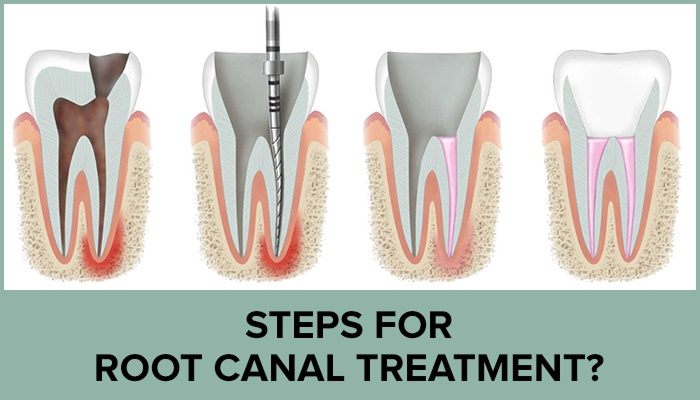+91 7899210500
10:00 AM - 08:00 PM, All Days
ROOT CANAL TREATMENT
Painless Precision
At Apollo Dental, our motto is Painless Precision We prioritize your comfort and peace of mind, providing anxiety-free root canal treatment with gentle care and understanding for a stress-free experience. At our clinic, we understand that each patient is different, so we customize our treatments to your unique needs and concerns, ensuring comfort and satisfaction throughout your visit. We believe in transparent pricing, offering clear and upfront cost estimates for all our services ensuring youre fully informed and confident in your treatment decisions.
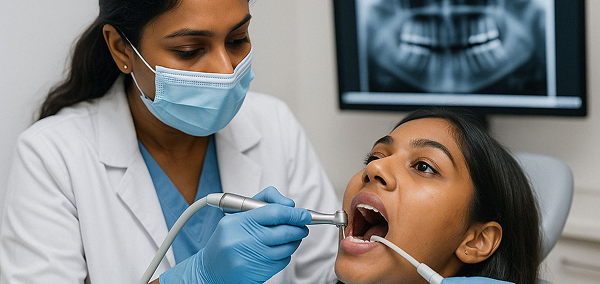
why choose root canal treatment?
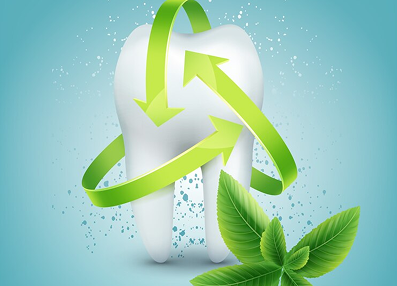
Save Your Natural Tooth
Preserve your smile by keeping your original tooth structure
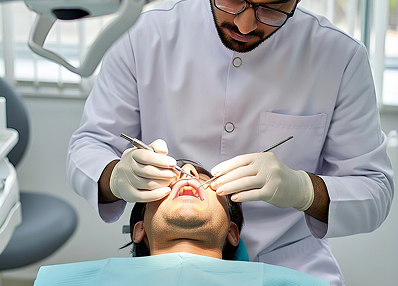
Painless Procedure
Modern techniques ensure a comfortable treatment experience
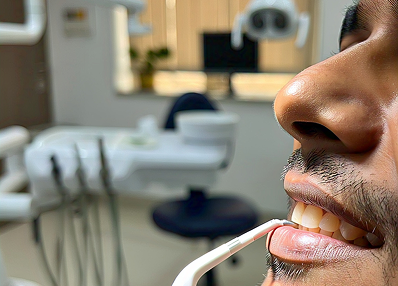
Long-lasting Results
Enjoy restored tooth function for many years to come

Save Your Natural Tooth
Preserve your smile by keeping your original tooth structure

Painless Procedure
Modern techniques ensure a comfortable treatment experience

Long-lasting Results
Enjoy restored tooth function for many years to come
Will it hurt my child?
it is completely natural for parents to worry about their Child comfort during dental visits. At Apollo Dental, our pediatric team uses gentle techniques and kid-friendly communication to ensure a stress-free and nearly painless experience. We apply safe, child-appropriate local anesthesia to keep your little one relaxed and comfortable throughout the procedure. Most children feel little to no discomfort, and if there any soreness afterward, it is mild and temporary. We also guide parents on simple aftercare steps to support quick recovery. Our goal is to make every visit a positive memory that builds trust in dental care.
Your Root Canal Journey
.29534a3e.png)
Examination
Your dentist will examine the affected tooth and take X-rays to assess the damage.
.b317fbc9.png)
Preparation
Local anesthesia is administered to ensure a comfortable, pain-free procedure.
.c6fa9cd7.png)
Treatment
Infected pulp is removed, and the root canal is cleaned and sealed.
.0d447412.png)
Recovery
Quick recovery with restored tooth function and relief from pain.
.29534a3e.png)
Examination
Your dentist will examine the affected tooth and take X-rays to assess the damage.
.b317fbc9.png)
Preparation
Local anesthesia is administered to ensure a comfortable, pain-free procedure.
.c6fa9cd7.png)
Treatment
Infected pulp is removed, and the root canal is cleaned and sealed.
.0d447412.png)
Recovery
Quick recovery with restored tooth function and relief from pain.
Meet Our Doctors
Our skilled team of dentists is dedicated to providing exceptional care and ensuring a great experience for every patient.
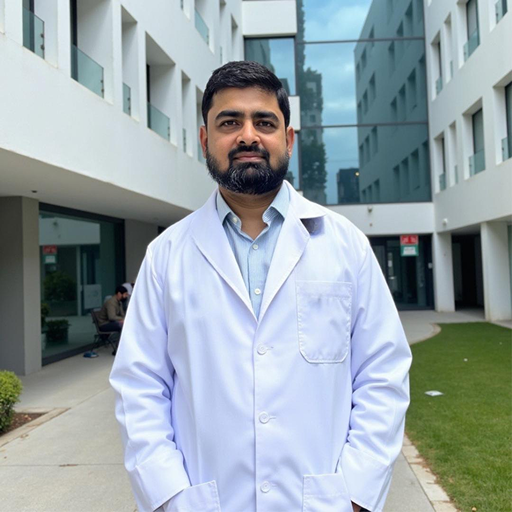
Dr.Mohammad Asif Kiresur
BDS, MDS - Oral Pathalogy & Microbiology Cosmetic/Aesthetic Dentist, Implantologist 16 Years Experience Overall

Dr. Sadiya Naz
BDS, MDS - Paedodontics And Preventive Dentistry Dentist, Pediatric Dentist 16 Years Experience Overall

Vaishnavi G
Dr. Vaishnavi G, Apollo Dentist, delivers dedicated, patient-focused, and comprehensive oral care.
Who needs Root canal treatments?
If the pulp becomes injured or diseased, it cannot repair itself, and the tissue dies. If there is a deep cavity, a cracked tooth, or a loose filling, bacteria can enter the pulp. The bacteria will eventually destroy the pulp. If the bacteria penetrate through the root openings, it can cause an infection in the bone. An infection will weaken the bone and break it down. The ligaments around the tooth will swell, and the tooth will become loose. A pulp injury will make the tooth sensitive to high and low temperatures. There may be pain when chewing, and some people have a continuous, throbbing pain. Without treatment, the infection will spread. Eventually, the tooth will become loose and need extracting. Some patients opt for extraction, especially if it hurts a lot or if the tooth cannot be restored, for example, if there is large decay, trauma, or loss of bone due to periodontal, or gum, disease. However, removing a tooth may mean that the surrounding teeth start to move and become crooked. This can look unsightly, and it can make it hard to have a good bite.
Understanding Root Canal Therapy: Anatomy & Treatment Steps
A root canal is not a treatment, but part of a tooth. It is the hollow section of a tooth that contains the nerve tissue, blood vessels, and other cells, also known as the pulp.
A tooth consists of a crown and roots. The crown is mainly above the gum, while the roots are below it. The roots attach the tooth to the jawbone.
Inside the crown and the root, or the root canal, is the pulp. The pulp nourishes the tooth and provides moisture to the surrounding material. The nerves in the pulp sense hot and cold temperatures as pain.
The name of the dental procedure commonly referred to as a root canal is actually endodontic therapy, which means inside the tooth.
However, the term root canal has come to be commonly used to talk about the procedure.
.83493606.png)
What are the Steps?
Root canal therapy is done in three steps, and it takes between one and three sessions to complete.
1. Cleaning the root canal
First, the dentist removes everything that is inside the root canal. With the patient under local anesthesia, the dentist makes a small access hole on the surface of the tooth and removes the diseased and dead pulp tissue with very small files.
2. Filling the root canal
Next, the dentist cleans, shapes and decontaminates the hollow area, using tiny files and irrigation solutions. Then, the tooth is filled with a rubber-like material, using an adhesive cement to seal the canals completely.
After root canal therapy, the tooth is dead. The patient will no longer feel any pain in that tooth because the nerve tissue has been removed, and the infection has been eliminated.
3. Adding a crown or filling
However, the tooth will be now more fragile than it was before. A tooth with no pulp must receive its nourishment from the ligament that attaches the tooth to the bone. This supply is adequate, but in time, the tooth will become more brittle, so a crown or filling offers protection.
Until the crown or filling is complete, the patient should not chew or bite on the tooth. Once there is a crown or filling is done, the person can use the tooth as before.
Treatment often takes only one appointment, but if there are curved canals, multi-canals, or large infections, this could take one or two additional appointments.
